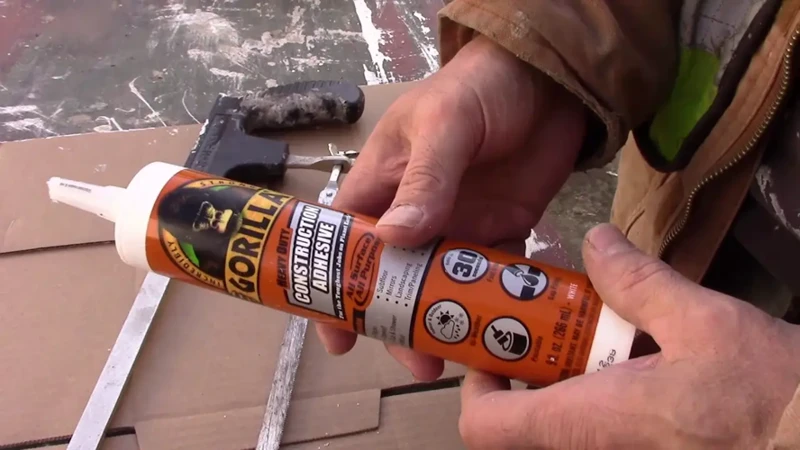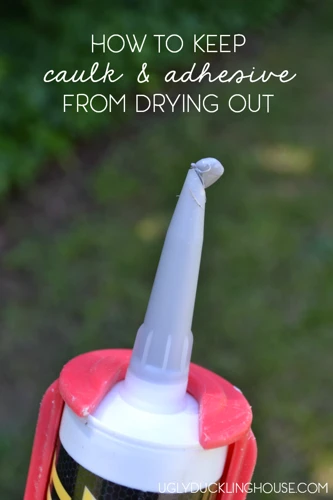At some point, we’ve all been there – ready to tackle a project only to find ourselves wrestling with a glue tube. The frustration of a stuck lid or a clogged nozzle can bring your DIY or repair plans to a screeching halt. Fear not, for this comprehensive guide will walk you through the ins and outs of how to open glue tube safely and effectively.
Understanding Glue Tube Mechanisms
Before diving into the process, it’s essential to grasp the design of a glue tube. A standard tube is typically made of soft, squeezable material capped with a twist-off lid that doubles as an applicator. Underneath lies the potential challenge: the nozzle, which can become obstructed with dried adhesive over time. Recognizing this can help you approach the task with the right mindset and tools.
How To Open Glue Tube: Step-by-Step Guide
Preparing the Glue Tube
Begin by ensuring you have a clean workspace to avoid any adhesive mishaps. Gently squeeze the tube to assess the softness of the contents, indicating if the glue is still fluid. Hold the tube upright to prevent any spills once opened.
Loosening the Cap
Next, attempt to twist the cap slowly. If resistance is met, apply a cloth to improve your grip or run the cap under warm water to loosen any adhesive that may be acting as a sealant.
Unblocking Glue Nozzle Techniques
In case the nozzle is blocked, you can use a pin or a thin wire to puncture the dried glue. Another method is to remove the nozzle entirely and rinse it with warm water. These strategies aid in unblocking glue nozzle and restoring the flow.
Opening Clogged Glue Tube: Proven Methods
DIY Glue Tube Opening Hacks
- Soak the cap in rubbing alcohol to dissolve the glue.
- Use a hairdryer to gently warm the cap, making it easier to twist off.
Using Tools for Stuck Glue Tube Solution
For stubborn cases, pliers can be employed cautiously to turn the cap without crushing the tube. This is a practical stuck glue tube solution that can save both the project and the adhesive.
Opening Glue Tube Tips for a Smooth Process
Patience is key; apply gradual force to avoid damaging the tube. Always twist the cap gently; if it doesn’t budge, revert to the aforementioned hacks before applying more force.
Glue Tube Instructions: Best Practices
Following the manufacturer’s glue tube instructions can prevent future clogs. Often, they advise cleaning the nozzle after each use, which is a preventive measure against blockages.
Unclogging Adhesive Tubes Safely
When addressing a clog, prioritize safety. If chemicals or heat are used in any unclogging adhesive tubes methods, ensure proper ventilation and protective gear such as gloves.
Adhesive Tube Opening: Maintaining Tube Integrity
While opening, it’s crucial to maintain the integrity of the adhesive tube. This means avoiding any actions that might puncture or tear the tube, leading to leaks or drying out of the contents.
Troubleshooting Common Glue Tube Issues
When faced with a non-responsive tube, assess whether the adhesive has dried up entirely. If so, it may be time to replace the tube. For partial clogs, the above techniques should suffice.
Conclusion and Summary of Glue Tube Opening Methods
In conclusion, opening a glue tube requires a mix of finesse and practical knowledge. By following the glue tube opening methods outlined, you can overcome the common hurdle of a sealed shut glue tube and proceed with your projects without delay.
Whether you’re a DIY enthusiast or just looking to tackle some home repairs, knowing how to open different types of glue tubes can be essential. For specific adhesive types, check out our guides on how to open jet glue, perfect for hobbyists and model-makers, or our step-by-step instructions on how to glue countertops for a seamless kitchen update. And if you’re into cosmetics, our article on how to open lash glue can help prevent those sticky situations. Get all the tips and tricks you need for a clean and efficient adhesive application!
FAQs on How to Open Glue Tubes
Do you have more questions on the topic? Here’s a brief FAQ to assist you further:

